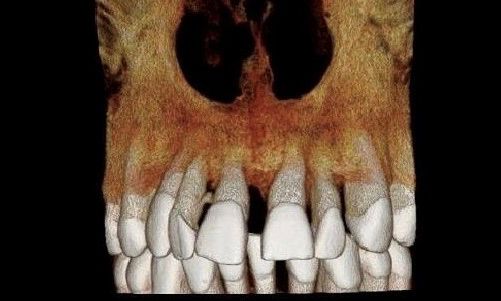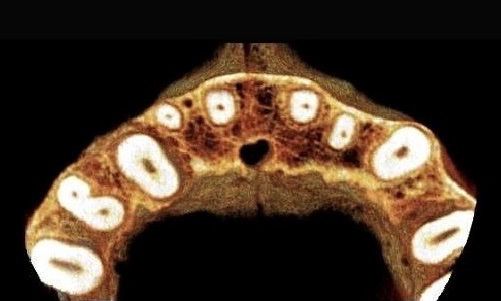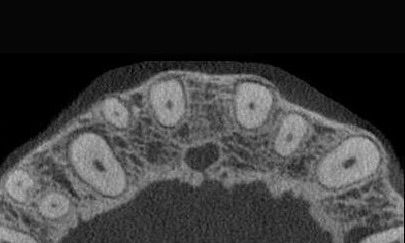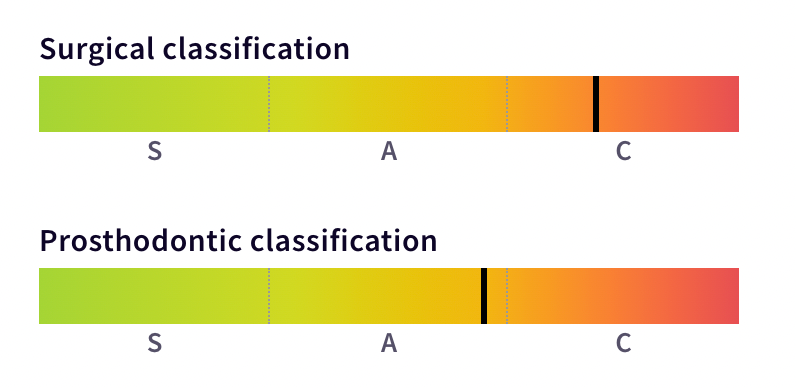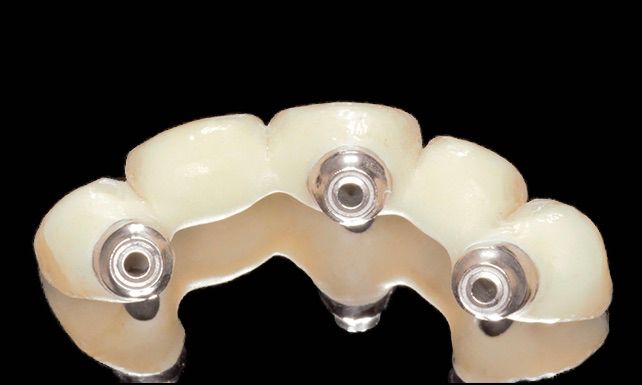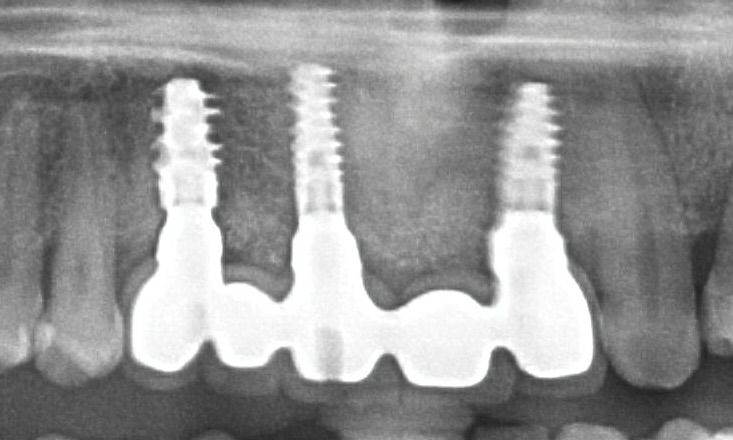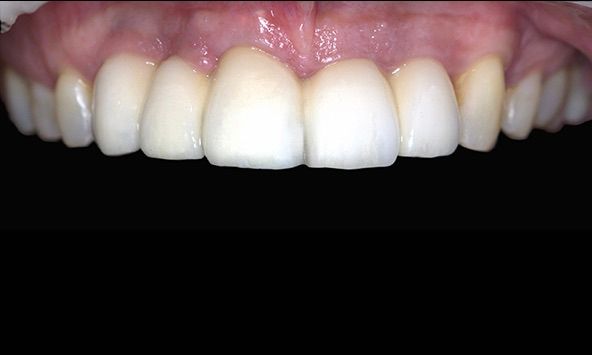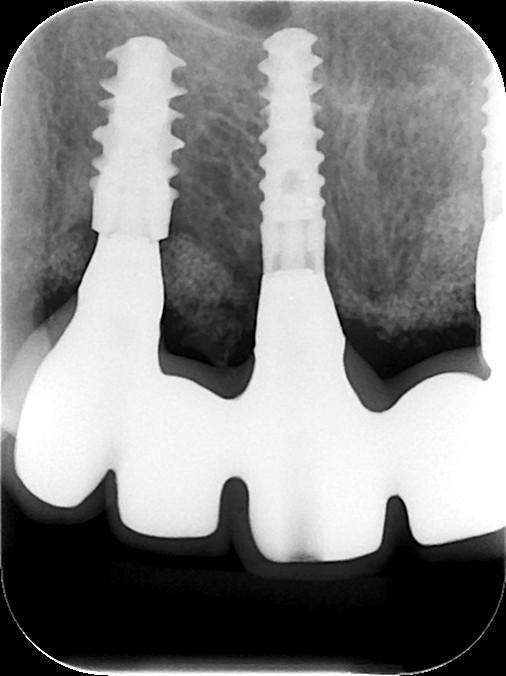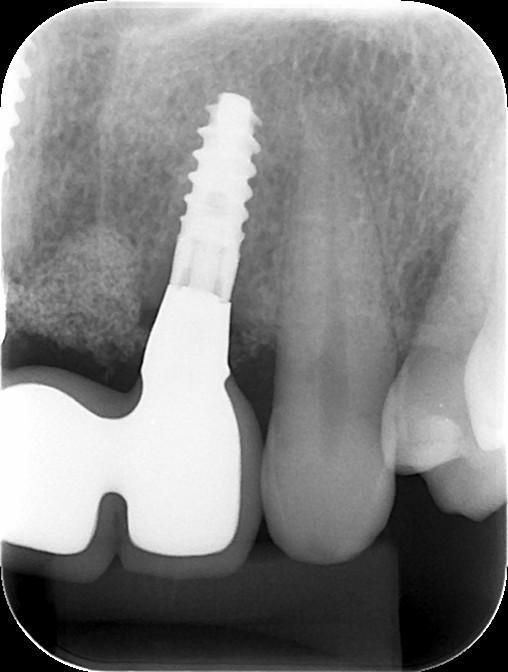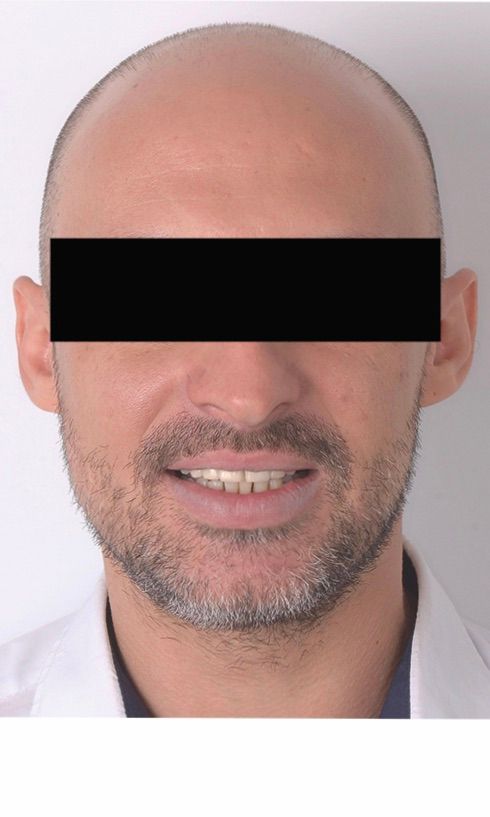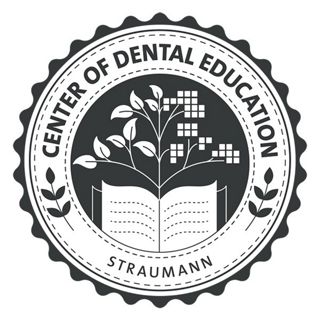Introduction
The following case report focuses on the rehabilitation of a 35-year-old male patient who presented with loose anterior teeth, a progressively widening diastema, and discomfort during eating. The patient desired a comprehensive solution to restore dental stability, improve oral function, and enhance his smile. His dental history included prior orthodontic treatment for an impacted canine, with no systemic conditions, smoking habits, or medication use influencing the treatment plan.
Restoration of the esthetic zone in a young patient is particularly challenging due to the high expectations for natural-looking results and the functional demands placed on the anterior teeth. In addition to esthetic considerations, these cases often involve compromised bone and soft tissue conditions, requiring precise surgical and prosthetic planning. Immediate treatment options in such scenarios provide a clear advantage by reducing treatment time, preserving soft tissue contours, and maintaining patient confidence during the rehabilitation process.
The use of Straumann® BLX implants was vital in addressing the complexity of this case. These implants offer optimal primary stability, even in situations with limited bone availability. Their design facilitates efficient osseointegration while supporting soft tissue health, making them a reliable choice for restoring the esthetic zone. The immediate placement approach minimized treatment duration and preserved the natural gingival architecture, contributing to an optimal esthetic outcome.
Guided bone regeneration (GBR) played a crucial role in the treatment due to the significant vertical and horizontal bone loss identified through radiographic assessment. Cerabone®, a deproteinized bovine bone substitute, was employed to fill the gaps and support the osseointegration of the implants. Known for its excellent biocompatibility and structural stability, Cerabone® helps preserve ridge volume and ensures long-term support for soft and hard tissues. Its slow resorption rate is particularly advantageous in the esthetic zone, where maintaining ridge contours is essential for achieving natural-looking results.
Following a thorough clinical evaluation and classification of the case as complex for surgery and advanced for prosthodontics under SAC criteria, a digital workflow was integrated into the treatment plan. This approach allowed for precise planning of implant placement and prosthetic design, ensuring a functional and esthetic restoration.
This report highlights the challenges of managing the esthetic zone in a young patient and the advantages of combining immediate implant placement, biomaterials, and digital technology. The integration of these elements highlights the potential to achieve stable, predictable, and natural-looking outcomes that meet both functional demands and the patient’s expectations.
Initial situation


